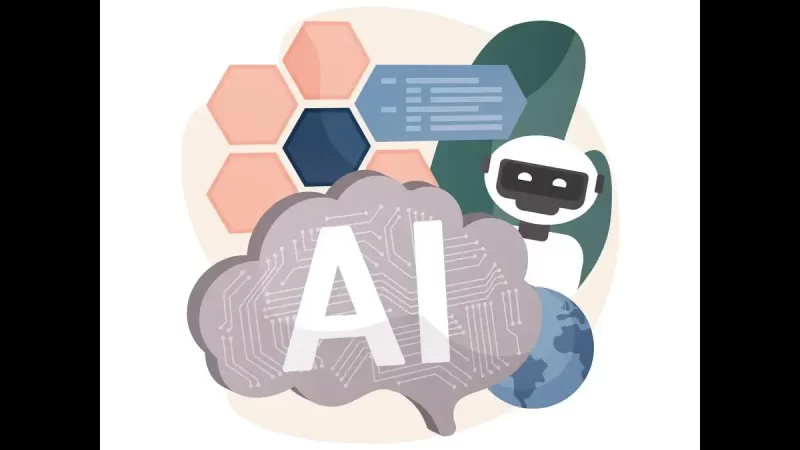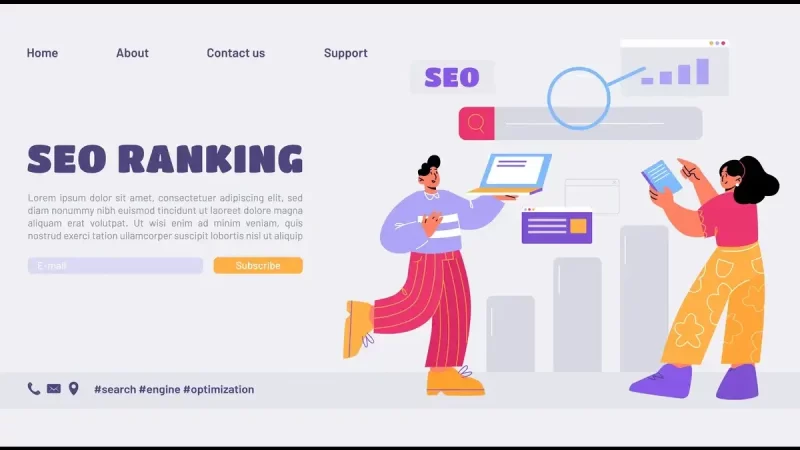Where does the path of Personalized Knowledge Graphs lead?
Google introduces a new patent application referred to as a personalized entity repository in the form of knowledge graphs to assess the actions and suggestions of the users. This patent application was published on July 16, 2020 and includes more information base and details than Google’s 2006 patent application ‘Browseable Repository.’
Personalized Knowledge Graphs is a set of structured information pertaining to different entities and various attributes of those entities that are personally related to a particular searcher. Through this patent application Google is expected to create a personalised knowledge graph of and for its user.
Now the interesting thing is, ‘how does the search engine giant plan to construct a Personalized Entity Repository with information of millions of users?’ In order to create this user knowledge base the personalized user entity will be categorised in several fixed sets based on location, action, functionality and the topic. Simply put, Google may take a look at various aspects like browsed pages, search history, social networking posts, personalised information and emails. This structured data would help it understand and determine what is beneficial to the user.
Google has constantly evolved in how it crawls through your website’s content, checks on the credibility and page experience. The search engine has matured it’s ways of strengthening its information bases and knowledge graphs.
The multinational tech giant has been working on driving entity information from web pages and relative data on how one entity might be related to another entity, various attributes of entities or classifications. The search engine has been using various knowledge bases to source their data from like Freebase and Wikipedia. The idea is to simply identify the diverse entities, classifications and attributes of these entities.
Now, the whole idea of introducing a personalized entity repository in the form of knowledge graphs is simply to collect information and create it into knowledge graphs to answer specific queries. All the user-specific information shall be bundled together into a structured universal knowledge graph. This shall also allow to provide a personal entity repository in a scalable way. Personalized Knowledge Graphs patent is directed to predict the most relevant set of information for the user, based on his/her location, time, recent activity on web, personal particulars of the user on the computing device etc…







